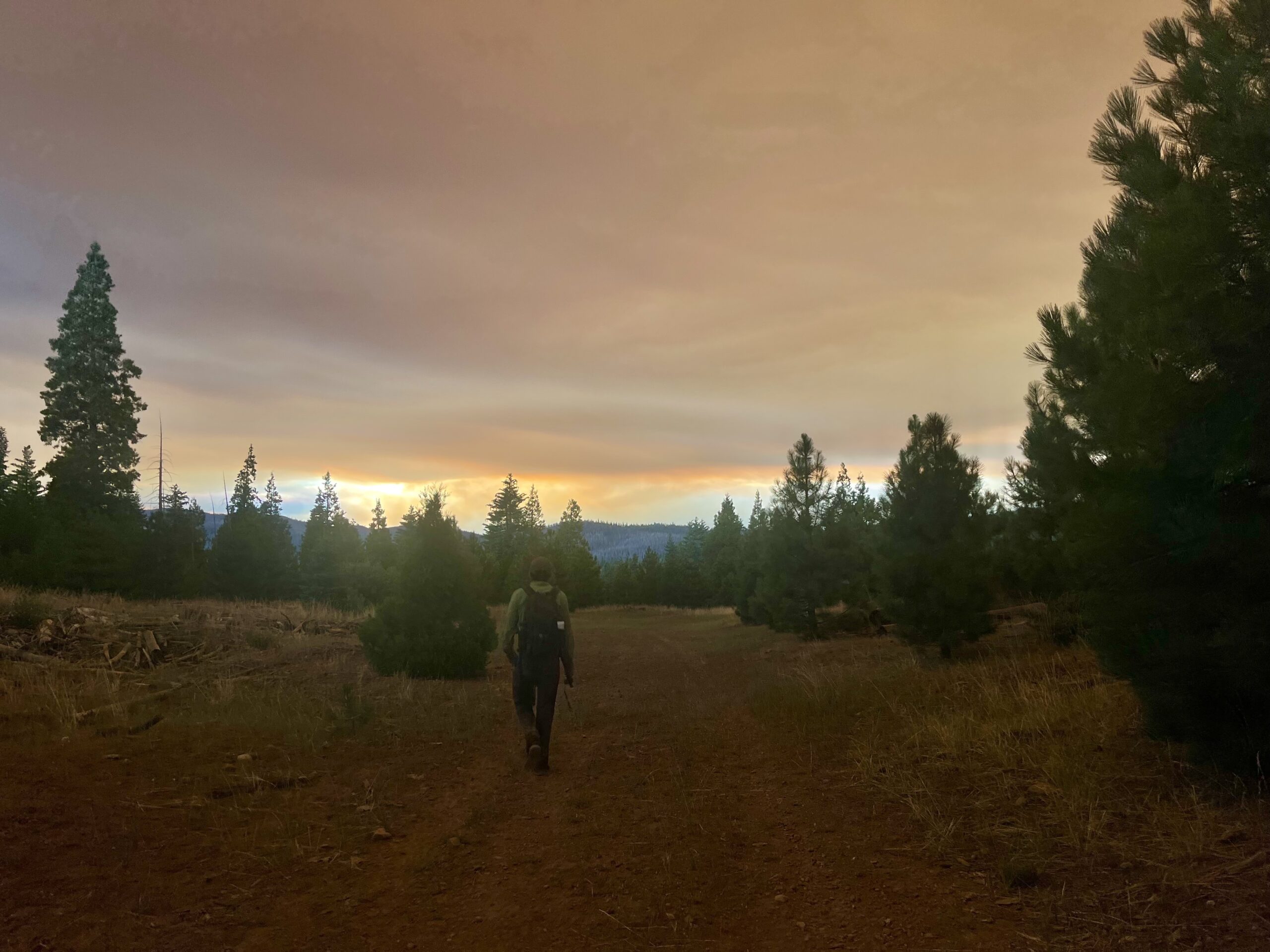July went by in a flash. Time flies when your brain is preoccupied with worries about nearby wildfires. The month greeted us with a week of 105 degree days, making fourth of July plans slip away and canceling our pre-scheduled scouting trip to the Feather River District, due to a rapidly spreading fire that sprang up near Oroville, where the temperatures reached 114 degrees.
Along with the heat arrived the sudden surge of work we had to do as seeds were quickly reaching maturation. We abruptly picked up the pace and had no choice but to begin collections in addition to being vigilant with scouting and mapping and correctly identifying pesky lupines before they all go to seed (Sam and I basically memorized the entire key to the Lupinus genus from how much we had to repeat the process). Inevitably we were going to miss the collection window for a few of our populations, but we tried our best to set our priorities based on each species’ phenology.
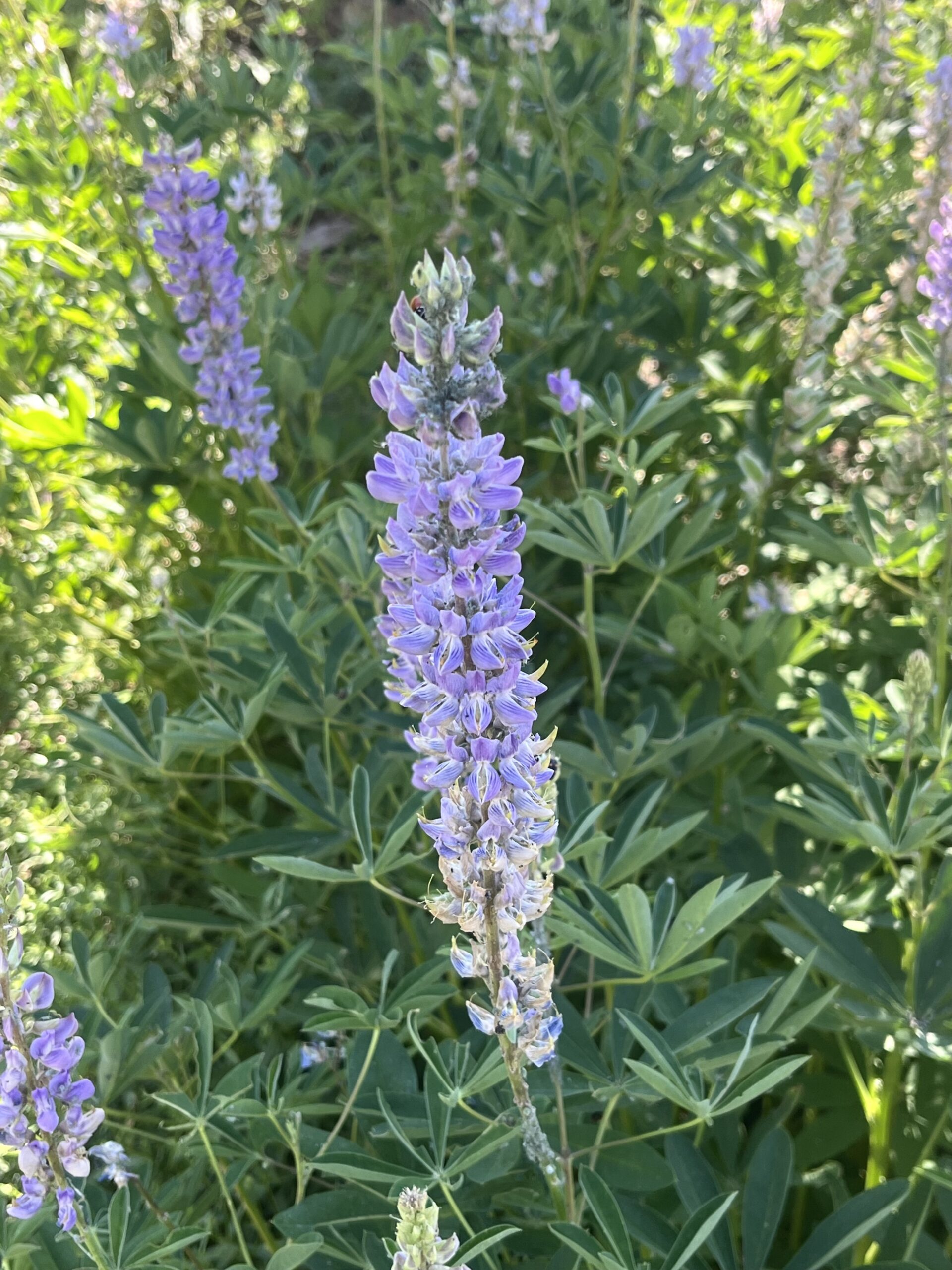
One of our top priorities was Beargrass (Xerophyllum tenax). Despite its deceiving name and appearance, Beargrass is not in fact a grass, but a perennial herb in the monocot Melanthiaceae family, which more closely resembles lilies. Beargrass is one of the most culturally significant plants on our list, as indigenous groups in the area have been utilizing parts of the plant for weaving and food for many years. In addition to cultural significance, Beargrass was at the top of our list for being incredibly well adapted to frequent burning, due to its hardy underground rhizomes. A rhizome, unlike roots, has nodes along it, allowing the plant to reproduce asexually instead of relying on pollination. This, however, could also be a part of the reason why we often come across a population that has not sent up flowers during the typical bloom period— instead of reliably blooming every year, Beargrass flowering time can be difficult to predict, as conditions need to be just right, and other reproduction methods are available to them. With all this in mind, it’s easy to understand our excitement once we finally came across a substantial flowering population! After plenty of dead-end scouting, Sam and I found one massive population beginning to fruit, and got to collect seed from this important species.
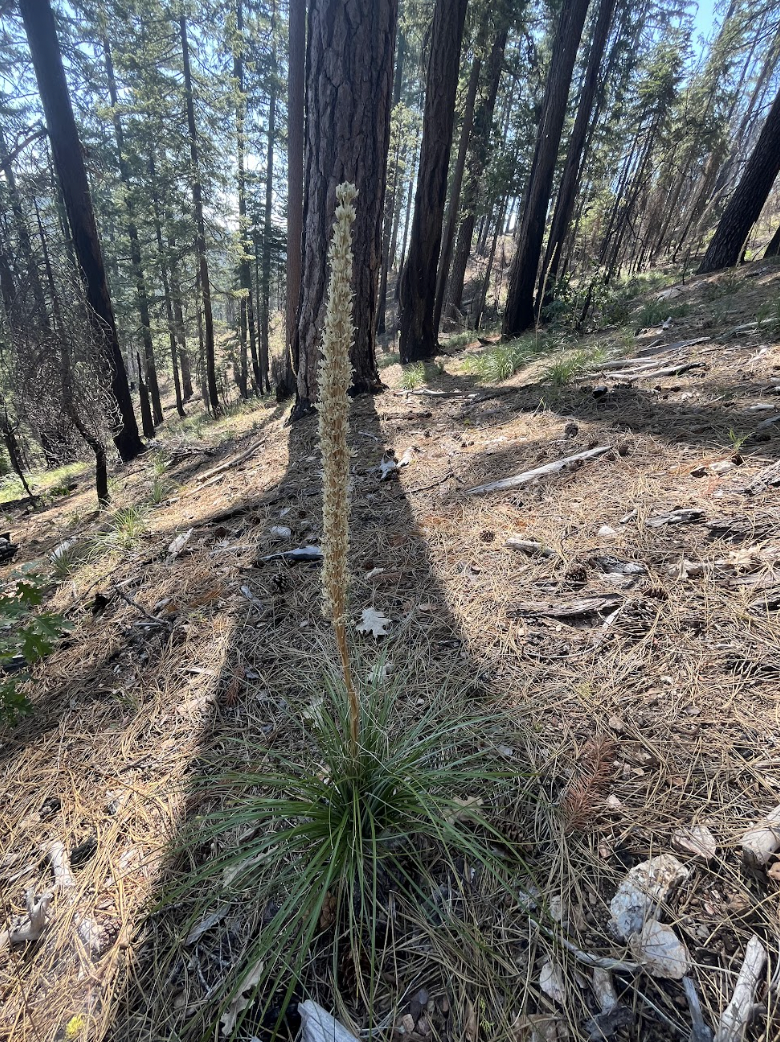
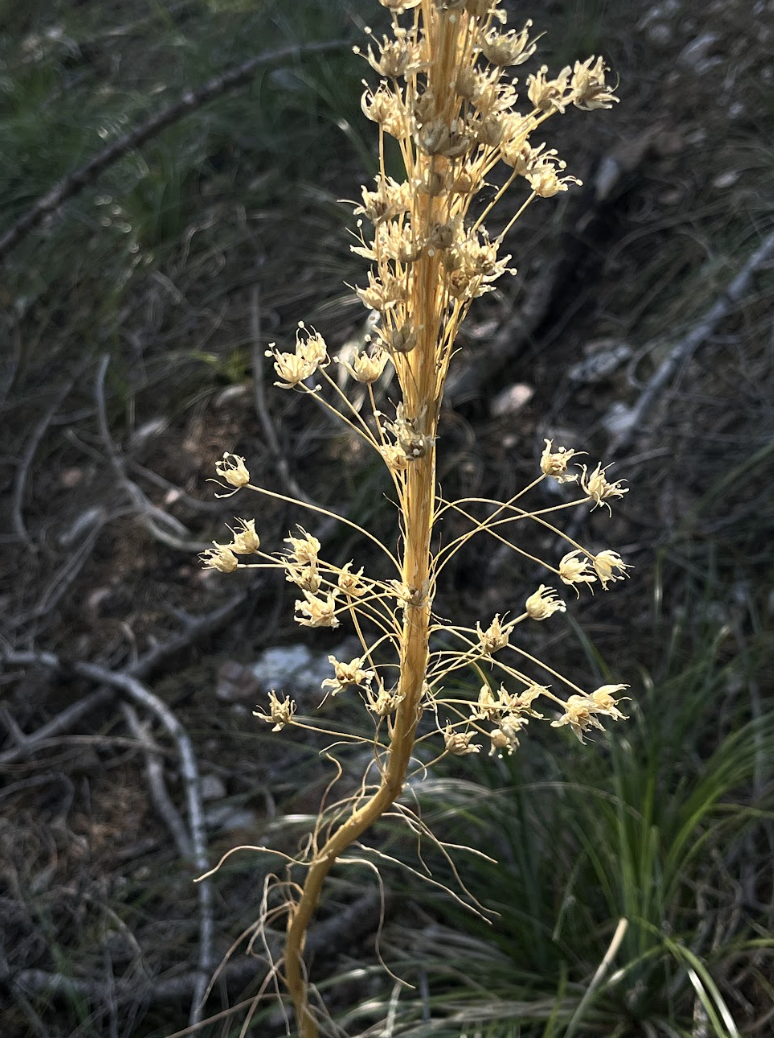
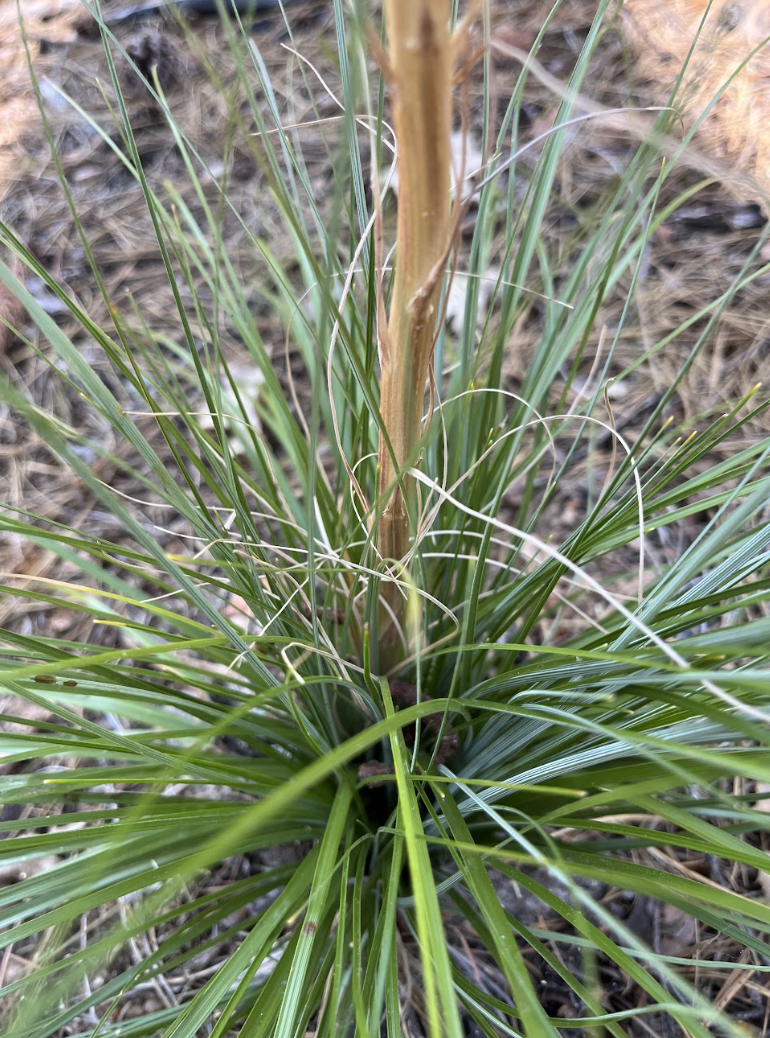
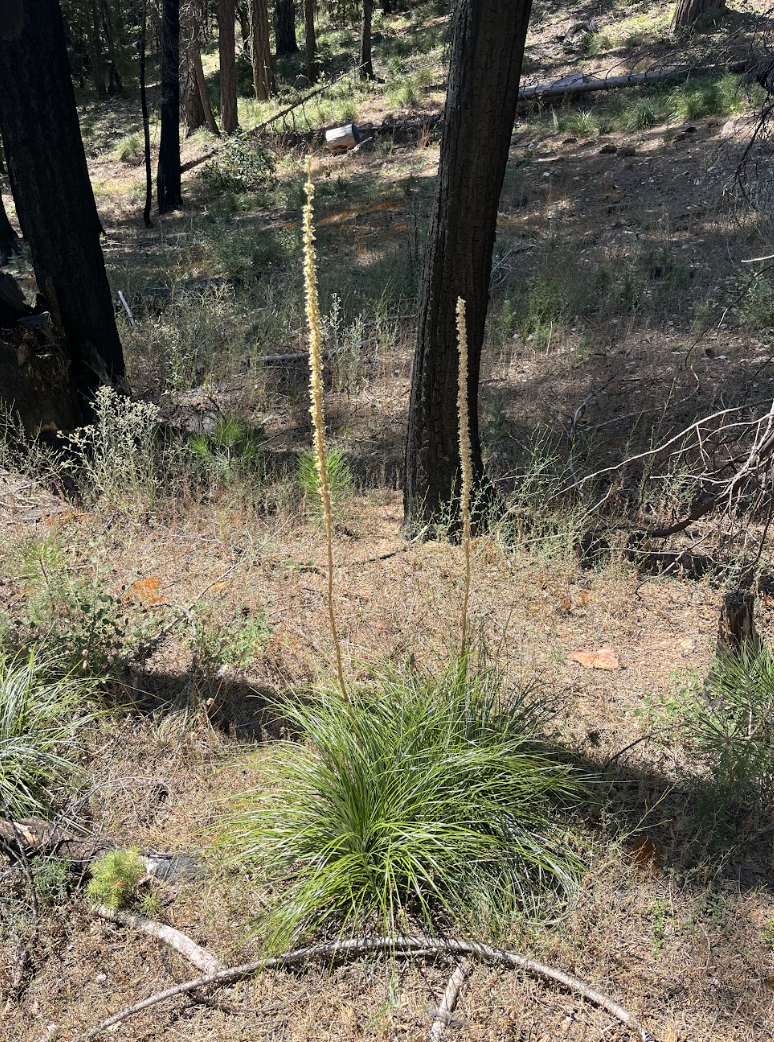
Following the Beargrass collection, there were many days spent making our way down gnarly mountain “roads” in hopes of finding more plants on our list before the seeds disperse. Last week this seemingly casual form of exploration, a routine in which Sam and I had become quite comfortable with, gave us a reminder that we should always be prepared for the adventurous nature of fieldwork. By ‘adventure’, of course, I mean all of the thrilling unexpected obstacles that get thrown at you as you spend more time in remote areas. The wake-up call came in the form of our first time getting our truck stuck in the mud, deep in the forest with no cell service, all while wildfires kept rescuers busy and hours away from helping. We had become too comfortable testing the limits of our truck. We had successfully passed through many sketchy-looking obstacles with it— what was one more tiny creek?
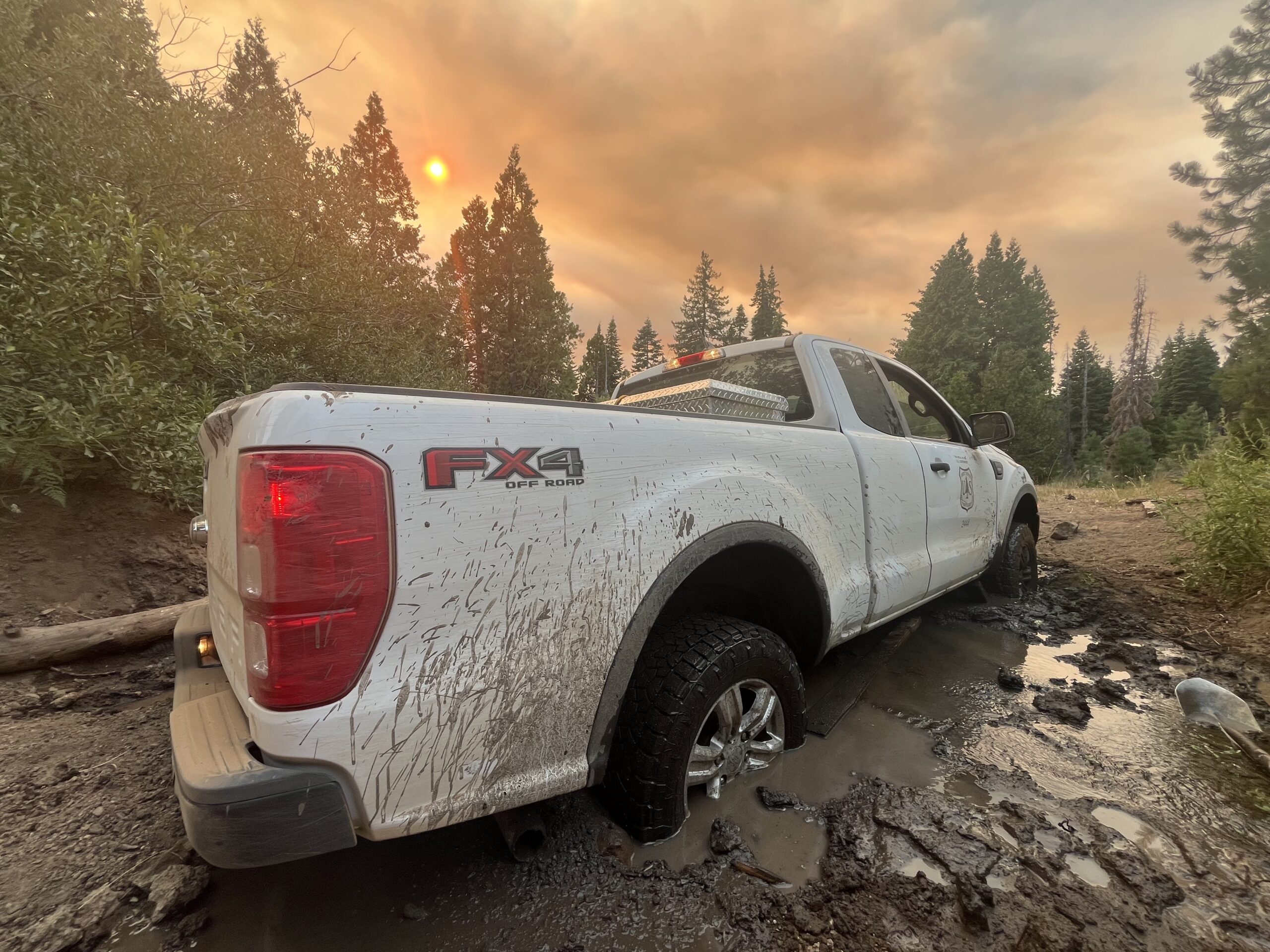
We got home, eventually, after several hours of waiting for help, walking around to try to get phone signal, and staring at the vibrant swirls of smoke in the sky. The Park fire had started a couple of days before near Chico, and was already reaching 100,000 acres around this time. All day we had been watching as the sky morphed into strange colors, with large plumes visible in the distance. The way the setting sun interacted with the smoke produced mesmerizing light distortions, illuminating the landscape in an eerie blue-green light as the sky remained dark orange.
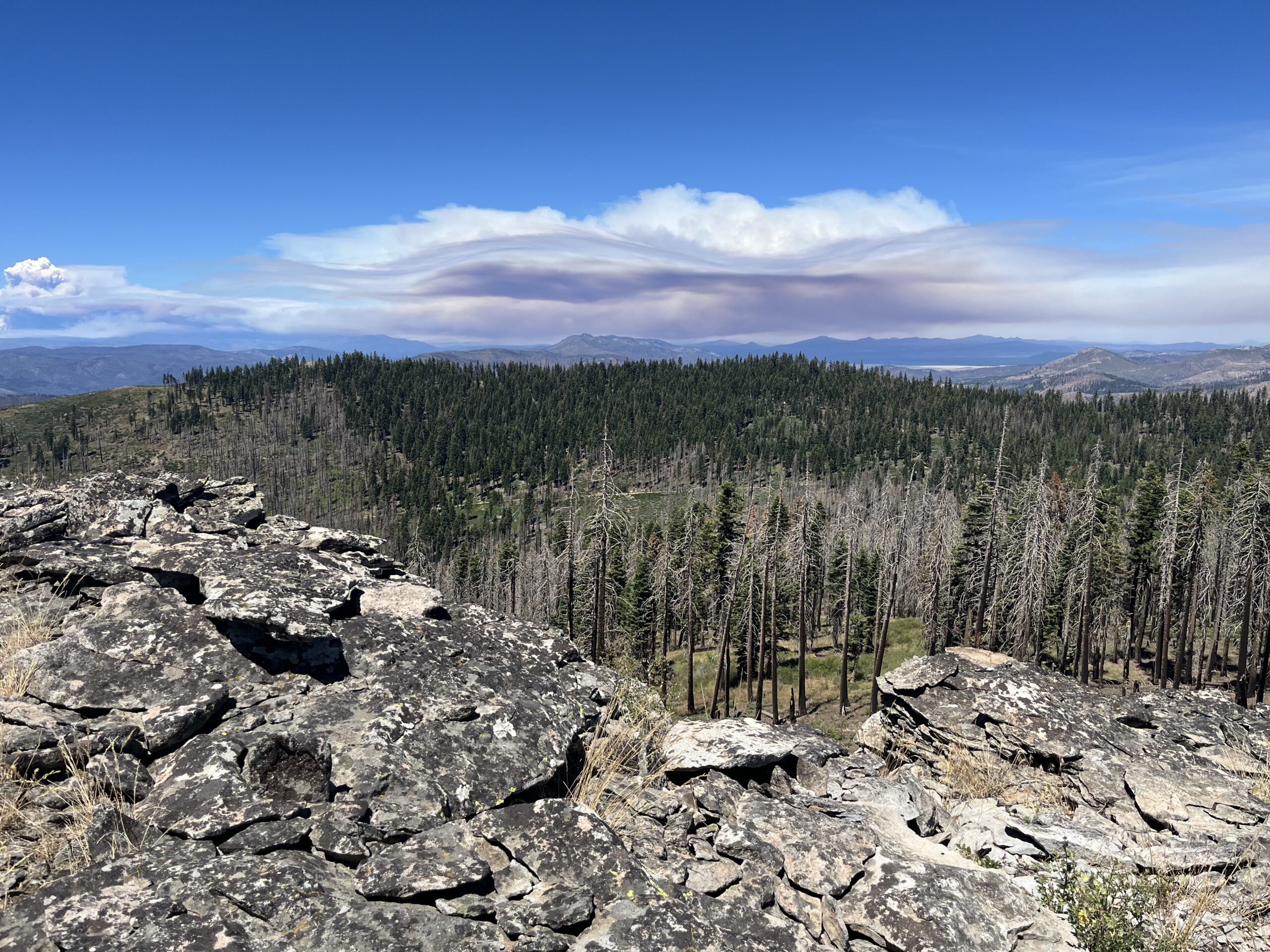
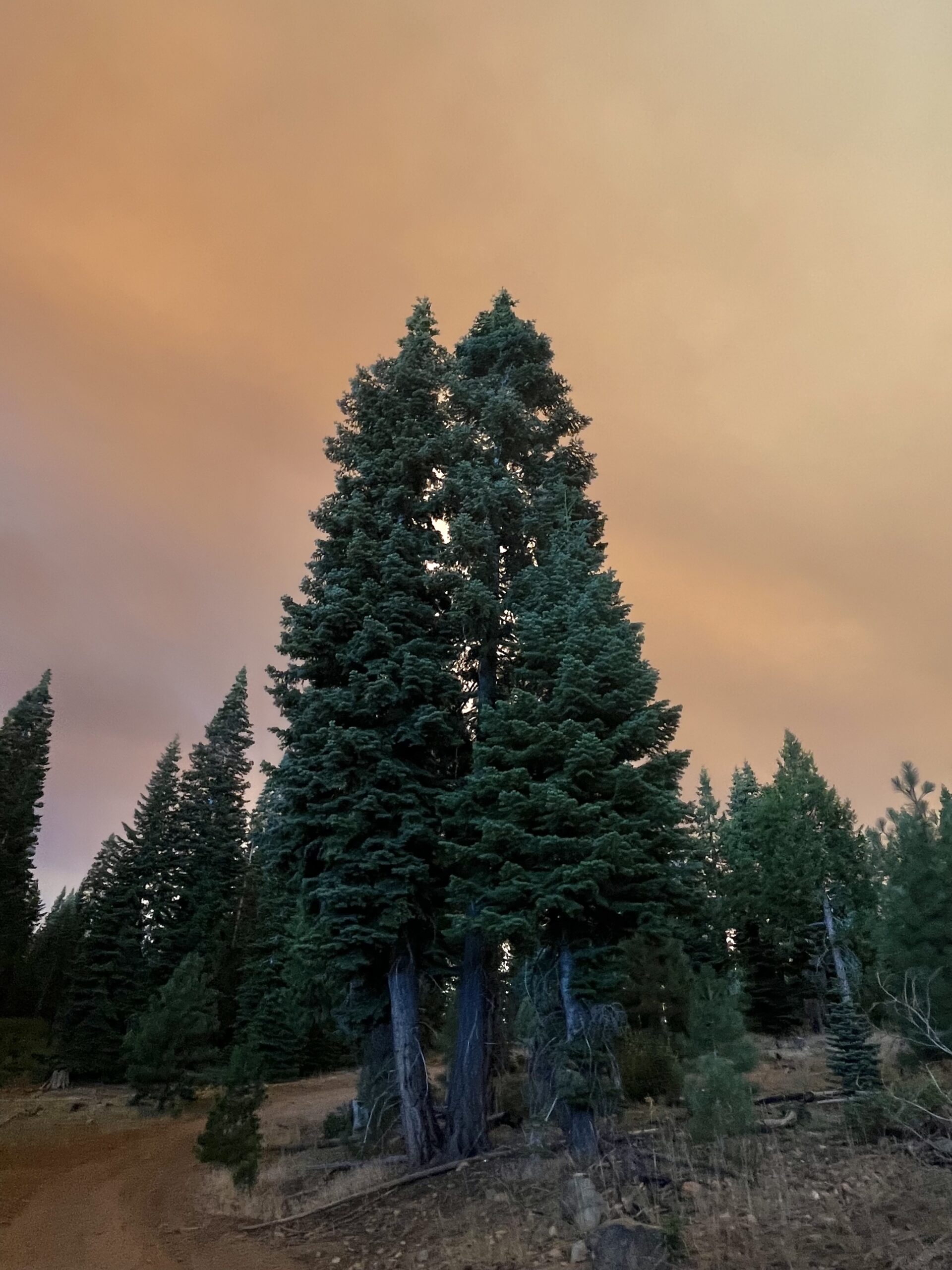
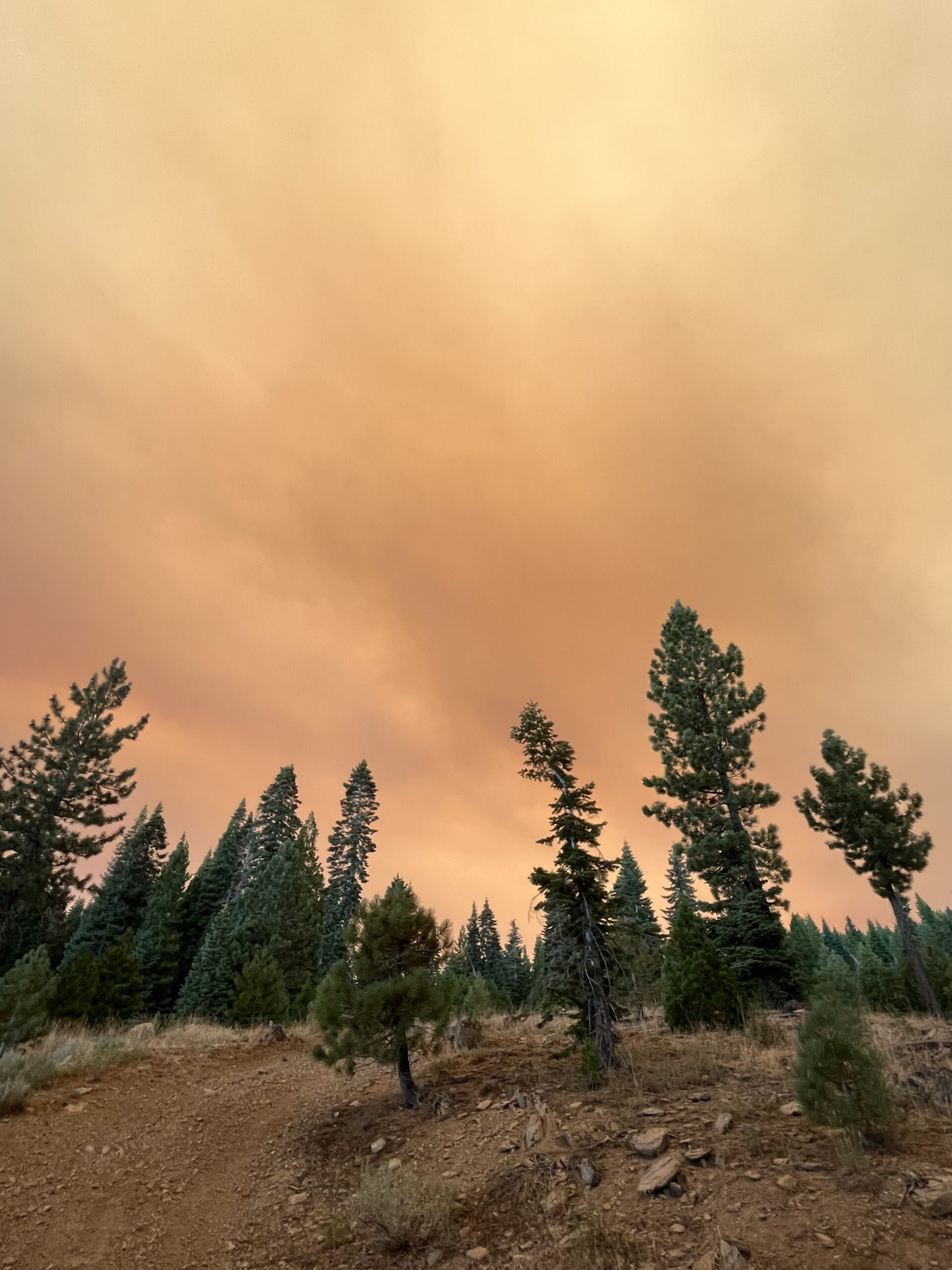
A firefighter was eventually able to come pull us out of the mud, after dealing with yet another small fire that had popped up in the forest. We got out, and slowly made our way back home, driving carefully on winding mountain roads in the dark for an hour and a half. The whole way back we reflected on the incident, and gained a greater sense of respect and caution for the chaos that comes with peak fire season in northern California. Next time, we’ll get out and check how deep the mud is before attempting to drive through…
